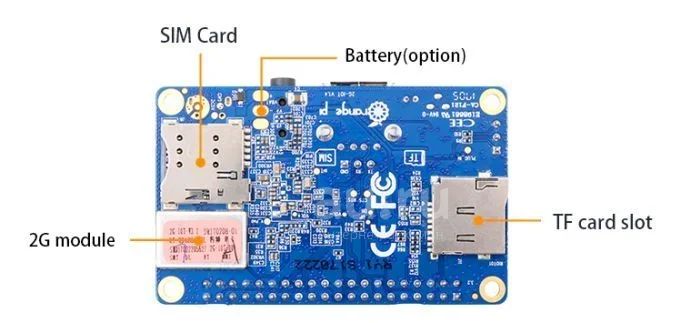Answer the question
In order to leave comments, you need to log in
A small device with spare power and internet. What to choose from?
I have a program that holds a websocket and a send and receives relatively little traffic (haven't measured it yet) for most of the day.
I want to install a device for this program at home, which will be alive even if the electricity and the Internet from the home provider are lost, that is, it switches to a gsm modem.
The program is simple (websocket+json+telegram, a scripting language is enough).
What are the options (except for a virtual server or other premises) in the form of a device
that will always live (almost)?
Ideally, with the ability to programmatically switch to a communication channel (ethernet <-> gsm)
In practice, there is no need to work 24/7, it is important for the program to work just at the moment of loss of communication or electricity.
(I consider an additional router exclusively for this device)
The budget is small, but so far unlimited.
Thank you.
(read similar questions)
Answer the question
In order to leave comments, you need to log in
Orange Pi 2G - 500r, built-in GSM modem, ARM processor. Linux is easy to install, for autonomy you need one power controller + battery. In total, you can meet 2k for 24 hours of autonomy.
PS in the latest revisions added the ability to solder the battery
Smoke arduino. Plus a couple of inexpensive wifi / gsm modules and the simplest battery. With a small amount of code - enough for the eyes.
Minus - it will be necessary to write, roughly speaking, in C ++.
Well, since oranges, raspberries, bananas, and arduino were mentioned.
1. You can reflash the router. Dir-620 or equivalent, with usb-host in the box. The Internet is gone, I have to switch the stream to usb-modem.
something like
if ping ***** does not pass,
turn on the modem
set the default gateway (cell provider) ....
otherwise
the default gateway (lanka provider) ...
turn off the modem.
Or you can even play with the metric by setting a very bad one for the cell and a primary one for the wire. When the wire falls, the router will redirect to the modem.
The router is powered by 5 or 12 volts, it can be a battery and a pair of diodes. Diodes are needed so as not to feed the adapter. You can pick up a light bulb (charging) so that the drop gives the storage voltage, or take a relay from the wiring, if the current is less than (60mA), turn off the charging. You can buy a solar controller ... And hang the router on a street lamp post.
Didn't find what you were looking for?
Ask your questionAsk a Question
731 491 924 answers to any question